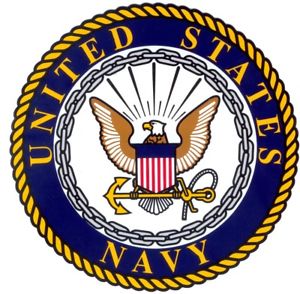United States Navy, Guam
Design of the first Fire Station in a New Navy City in Guam

The new Navy Fire Station qualifies as a mission critical facility.? As such, the facility requires the following fire protection and life safety systems.? This project did involve the design, costing, and presentation to the both the US Navy officials as well as their counterpart Japanese Military officials.? This was due to the fact the most of the cost was going to be paid by the Japanese government.
- Automatic sprinkler protection, per NFPA 13.
- Fire and smoke detection, alarm, and notification
- Electric fire pump
- Diesel fire pump
- Emergency diesel generator
- Firefighter Alert system
- Mass notification system
- Water storage with redundancy.
As part of the requirements were considerations of hurricanes conditions extreme enough to be withstood without harming the performance of all fire and life safety systems..


